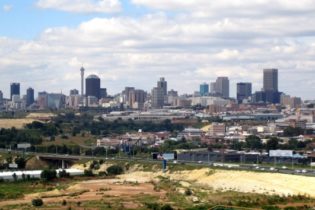Drought conditions are being experiences across the country due to prolonged lower-than-normal rainfall since the beginning of the year, and this has led to water shortages in a number of public water supply schemes or dams.
Briefing media in Johannesburg on Sunday, the Minister called on local government and those responsible for managing water to lead communities in using water wisely. Minister Mokonyane said to address and mitigate the potential impact of drought there were immediate, medium and long term measures being put in place. She gave a breakdown of the water levels in each of the provinces.Kwazulu-Natal
In KwaZulu-Natal the average water level of the dams in the province is currently 58% of full supply capacity. Three of its 18 large water supply schemes are at risk, and 42 of the 117 schemes are affected by drought. The department has prioritised this province as it is currently the most affected. “A plan of action has been developed, including drilling of boreholes, spring rehabilitation and packaged desalination plants. More than 150 tankers have already been deployed in 12 local municipalities,” said the Minister.Free State
The Free State is generally in a positive water balance with the average dam water level at 67%, but critical water areas are the central areas along the watershed relying on the water transfers from the Caledon River system. “This system has experienced abnormally low flows in recent years. Water restrictions have been implemented for users in the Caledon River system, and releases from the Lesotho Highlands transfers into the Little Caledon River are being implemented to augment the system in the short-term,” said the Minister. She said a direct pipeline from the Gariep Dam to supply Mangaung and the surrounding areas is being planned as a long-term solution. Rural towns in the province are vulnerable to drought due to low rainfall.Gauteng
Most of Gauteng’s water is supplied by the Vaal and Crocodile West River systems. Minister Mokonyane said the average dam levels are currently at 84% and pose manageable short-term water security risk. “No hydrological drought is experienced currently. A number of projects are however underway to address service delivery problems,” she said. The restrictions that have been implemented by Rand Water are as a result of the current high weather conditions which could lead to a drought situation. The City of Tshwane implemented water restrictions in most towns due to the heat wave in October. While Joburg Water had not yet implemented water restriction, communities have been advised to use water wisely.“Key interventions to be implemented in mitigation of potential drought impacts include water conservation and water demand management programmes, Phase 2 of Lesotho Highlands Water Project, the eradication of unlawful water use in the irrigation sector, desalination of mine water and reuse of return flows,” said the Minister.






